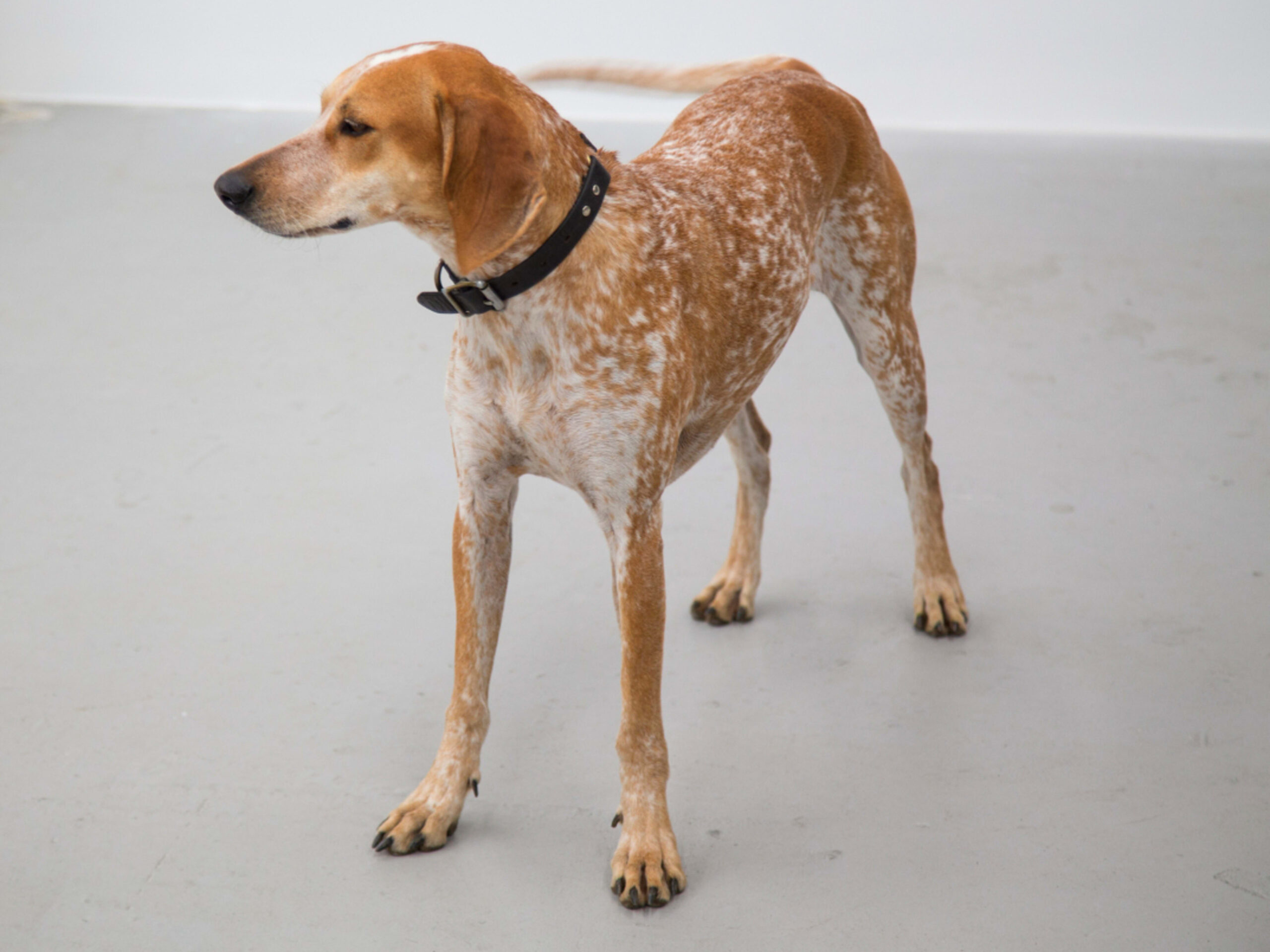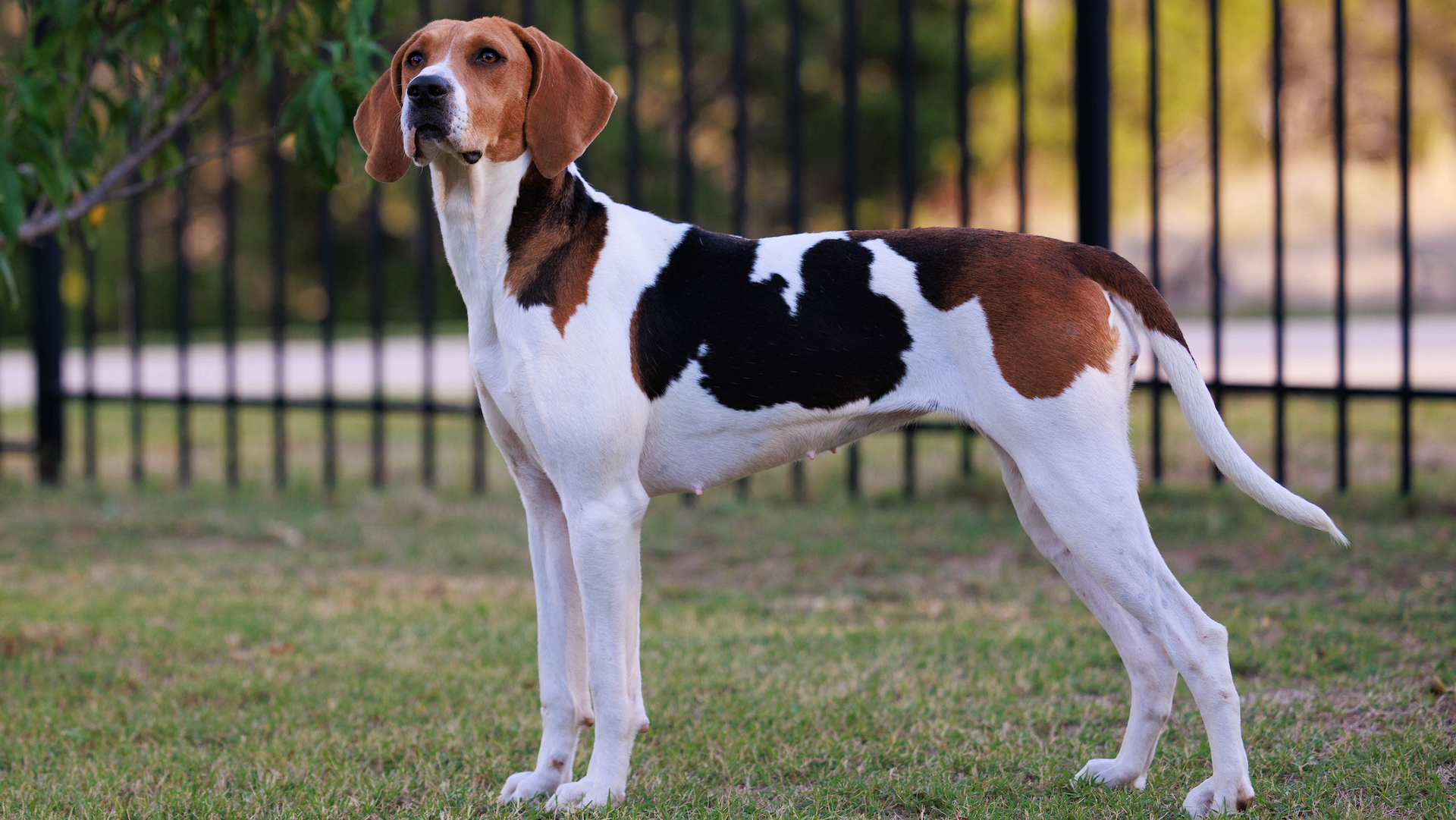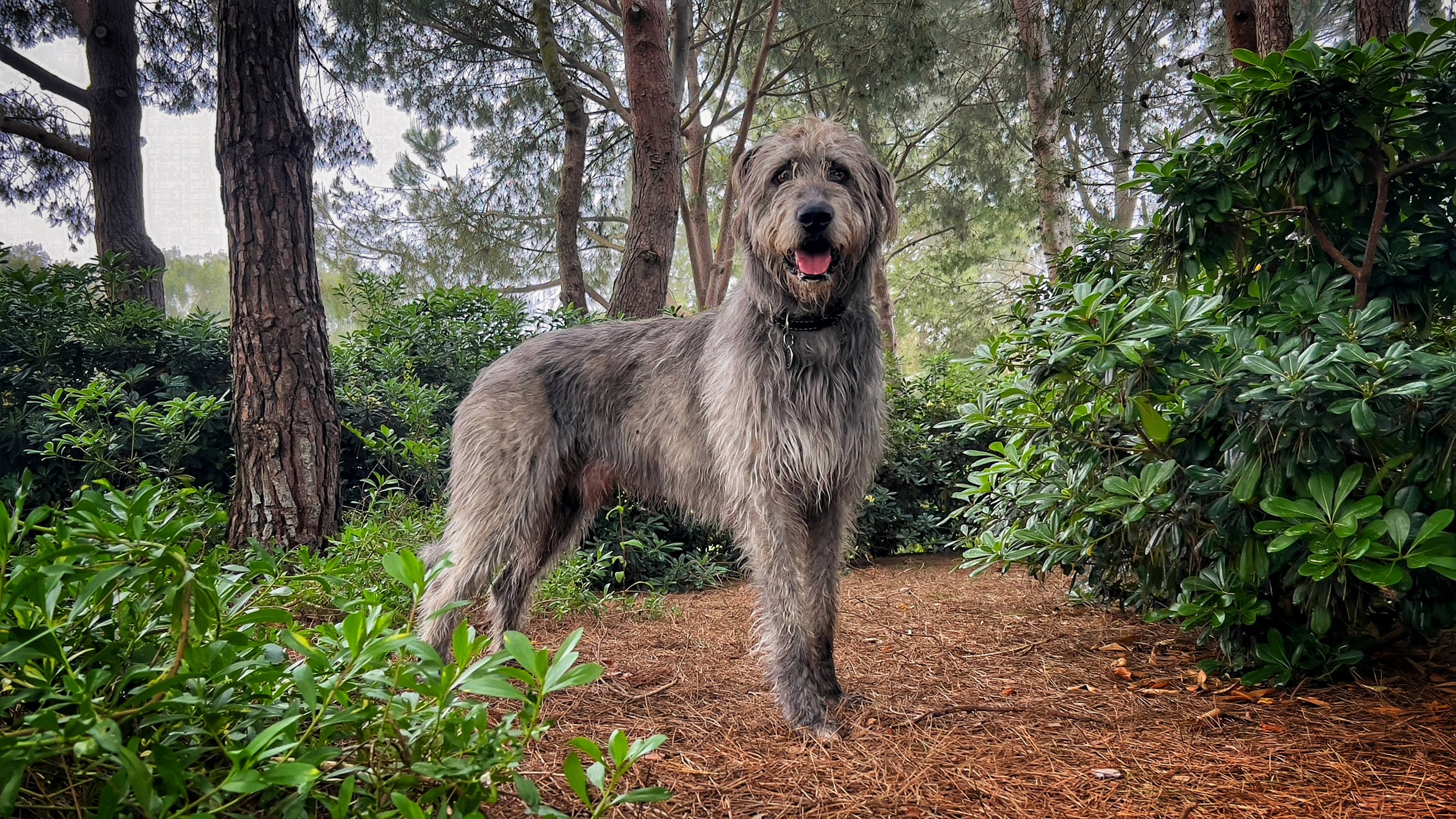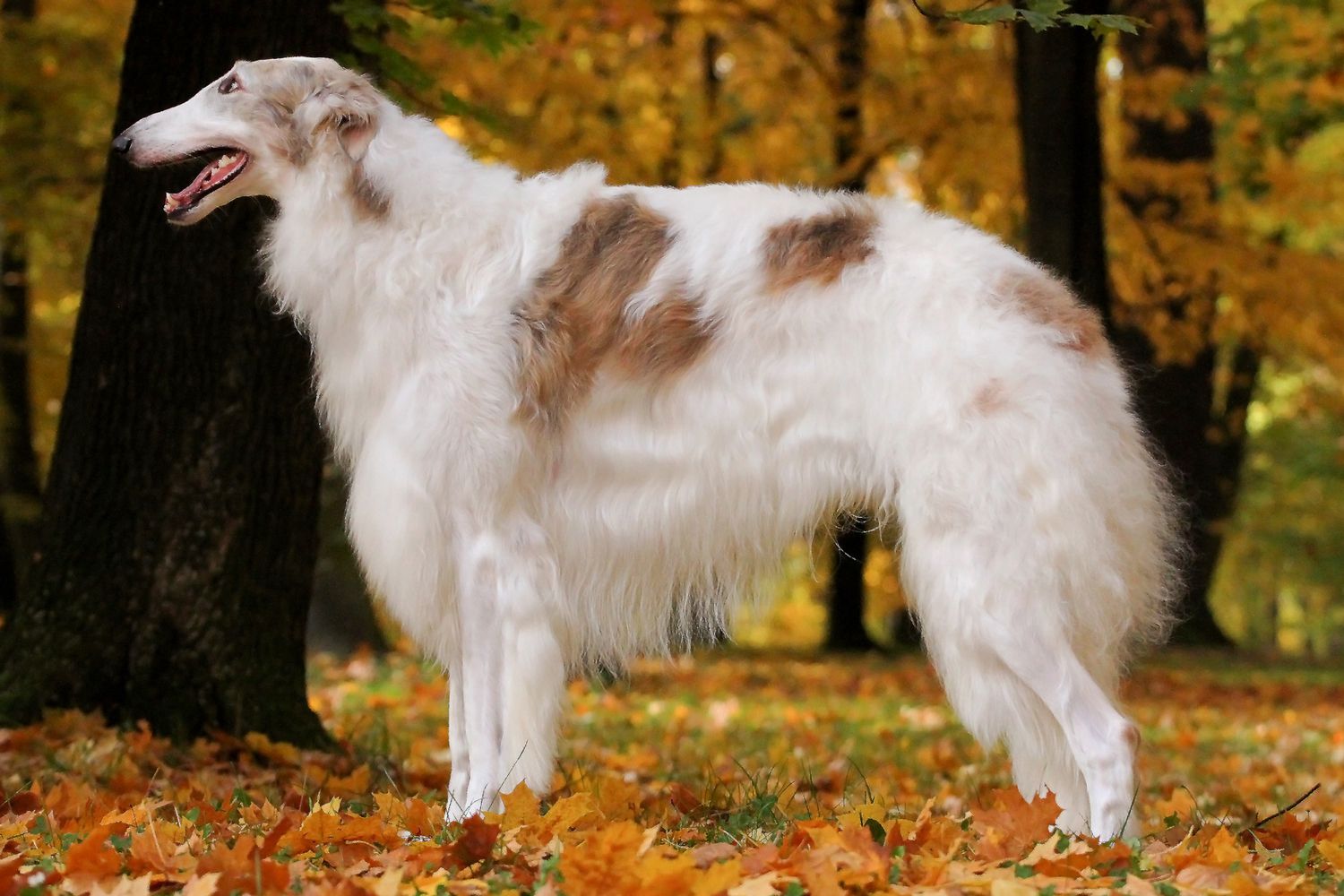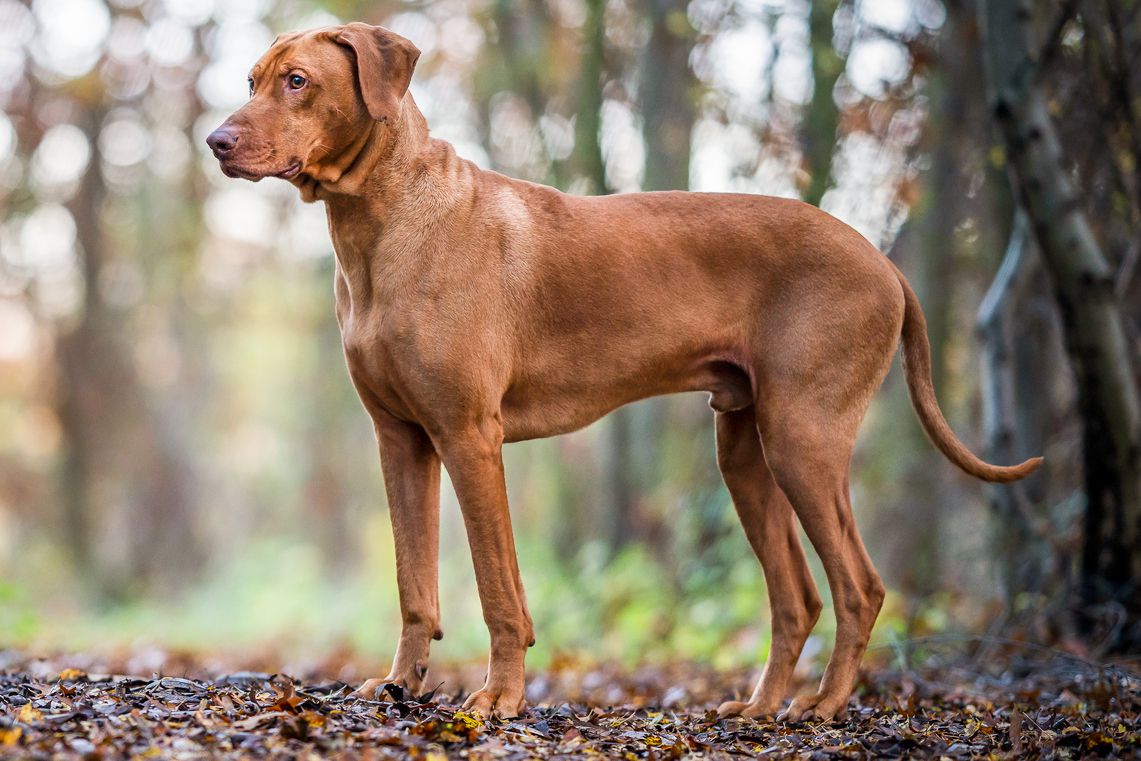My Journey into the World of American English Coonhounds
The first time I encountered an American English Coonhound was during a camping trip in Tennessee. I was hiking along a wooded trail when I heard the most melodious baying echoing through the forest. Following the sound, I came upon a group of hunters with their lean, athletic hounds trailing a raccoon scent. I was immediately struck by the dogs’ focus, athleticism, and those expressive eyes that seemed to contain equal parts determination and friendliness. By the end of that weekend, I was completely fascinated by these remarkable dogs that somehow remain under the radar for most dog lovers.
If you’ve never heard of American English Coonhounds or only vaguely know them as “those hunting dogs from the South,” you’re missing out on one of America’s most athletic, hard-working, and genuinely sweet-natured breeds. With their rich history, impressive tracking abilities, and adaptable personalities, these dogs deserve way more recognition than they typically receive in the pet world.
Whether you’re considering adding one of these energetic hounds to your family, are curious about their legendary scenting abilities, or just want to learn about an important piece of American hunting heritage, I’ve put together the ultimate guide to American English Coonhounds. From their deep Southern roots to what they’re actually like as family companions (spoiler alert: they’re wonderful but VERY energetic), we’ll cover everything you need to know about these melodious trackers. So grab your favorite beverage, get comfy, and let’s dive into the wonderful world of American English Coonhounds!
Deep Southern Roots: The History of the American English Coonhound
To truly understand what makes American English Coonhounds tick, we need to appreciate their rich historical background and how it shaped every aspect of their physical and behavioral traits.
From English Foxhounds to American Specialists
The American English Coonhound’s story begins in the late 1700s in the southern United States. Their ancestors were English Foxhounds, brought to America by European settlers. In the American South, particularly in Virginia, these dogs were selectively bred to adapt to the different terrain, climate, and quarry found in the New World.
While their English ancestors were primarily fox hunters, the American colonists needed dogs that could track and tree raccoons and opossums, which were valuable for their fur and meat. The different hunting conditions in America—denser forests, varied terrain, and new types of game—required a dog with more versatility, stamina, and “treeing” ability than the traditional English Foxhound.
These early American hounds were known by various names throughout their development, including “Virginia Hounds,” “Redtick Coonhounds,” and “English Coonhounds.” They became particularly popular in the Southern states, where raccoon hunting was both a practical means of putting food on the table and a beloved sporting tradition.
George Washington himself was known to be an admirer of these dogs, keeping a pack of hounds that likely contributed to the development of the American English Coonhound breed. Their association with iconic American figures and their role in frontier life cemented their place in American cultural history.
Modern Developments and Recognition
For much of their history, American English Coonhounds were primarily working dogs valued for their hunting abilities rather than confirmation to a specific appearance standard. Regional variations developed based on the specific needs and preferences of hunters in different areas.
The United Kennel Club (UKC) recognized the breed as the “English Coonhound” in 1905. However, the American Kennel Club (AKC) only officially recognized the breed in 2011 under the name “American English Coonhound” to distinguish it from its English ancestors and acknowledge its unique American development.
Today’s American English Coonhound maintains its working heritage while slowly gaining recognition as a family companion. Many continue to work as hunting dogs, particularly in the South, while others participate in field trials, tracking events, and other canine sports that showcase their natural abilities. A growing number are finding their way into homes as energetic and affectionate family pets for active households.
The American English Coonhound Look: Athletic Elegance
American English Coonhounds embody the principle that form follows function—every aspect of their appearance directly relates to their historical purpose as endurance hunting dogs. Let’s break down their distinctive physical characteristics.
Build, Size, and Overall Appearance
American English Coonhounds are medium to large dogs with an athletic build that speaks to their endurance and speed. Males typically stand 24-26 inches at the shoulder and weigh between 45-65 pounds, while females are slightly smaller at 23-25 inches and 40-60 pounds.
Their overall appearance conveys speed, agility, and stamina. These are working dogs built to cover many miles of challenging terrain without tiring. Key physical features include:
- A balanced, symmetrical frame with a body slightly longer than tall
- A moderately broad head with a domed skull and square muzzle
- Long, low-set ears that reach nearly to the tip of the nose when pulled forward
- Expressive, almond-shaped eyes, typically brown or hazel
- A deep chest providing ample lung capacity for long runs
- Strong, straight legs designed for endurance rather than quick bursts of speed
- A medium-length tail carried high with a slight curve
Their movement is effortless and ground-covering—these dogs can maintain a steady trot for hours without tiring. This efficiency of movement was essential for their historical role as all-night hunting companions.
Coat Colors and Patterns
One of the most distinctive features of American English Coonhounds is their coat pattern. The most common coloration is the “redtick” pattern—a white base coat with red ticking (small spots) distributed across the body. However, they come in several color variations, including:
- Blue and white ticked
- Tricolor with ticking (black, white, and tan)
- Red and white patched
- Black and white
Their coat is short to medium in length, hard in texture, and lies close to the body—perfect for protection from briars and brush without collecting burrs or trapping excessive heat during intense activity. This practical coat requires minimal grooming, typically needing just weekly brushing to remove loose hair and distribute skin oils.
Those long, expressive ears do need regular checking and cleaning to prevent infection, as their length limits airflow. Weekly cleaning with a veterinarian-approved ear cleaner helps prevent problems.
Personality & Temperament: What Makes American English Coonhounds Tick
Beyond their athletic appearance, what’s it actually like to live with an American English Coonhound? Their personalities combine classic hound traits with some distinctive characteristics that make them special.
The Essential Coonhound Character
If I had to sum up the American English Coonhound personality in three words, they would be: energetic, friendly, and determined. These dogs bring together an impressive work ethic with a genuinely sweet nature that makes them wonderful companions for the right homes.
Energy is perhaps their most defining trait. American English Coonhounds were bred to hunt all night and possibly into the next day without flagging. This incredible stamina translates to a high energy level that requires substantial daily exercise. Without proper outlets, that energy can transform into destructive behaviors. They thrive with active owners who can provide vigorous daily exercise like running, hiking, or swimming.
Friendliness is another hallmark of the breed. Unlike some hunting dogs that bond primarily with one person, American English Coonhounds are typically social and outgoing with family members, visitors, and other dogs. Their pack hunting heritage has created a dog that generally enjoys company and forms strong bonds with their human family. Most are good with children, especially when raised with them, though their exuberance might be overwhelming for very small kids.
Determination (some might call it stubbornness) rounds out their character. These dogs were bred to stay on a scent trail despite distractions, fatigue, or challenging conditions. This single-mindedness served them well as hunters but can present challenges in a pet setting. Once an American English Coonhound decides something is worth investigating—particularly if it involves an interesting smell—they can be remarkably persistent.
The Voice: Melodious and Enthusiastic
We can’t talk about American English Coonhound personality without mentioning their voice! As hunting hounds, they were bred to be vocal on the trail, allowing hunters to follow their progress by sound when they were out of sight in dense woods.
Their voice is often described as musical—a distinctive baying howl that carries over long distances. Most American English Coonhounds have a range of vocalizations, from excited barks to the classic baying “aroooo” when they’re on a scent. Many owners describe their hounds as “talkative,” with different sounds for different situations.
This vocal nature can be challenging in suburban environments and is one reason they’re not ideal for apartment living. Training can help manage excessive vocalization, but it’s important to understand that some baying is simply part of who they are—expecting a completely quiet coonhound is unrealistic.
Social Needs and Pack Orientation
American English Coonhounds were developed to work in packs, and this aspect of their heritage remains strong. They typically get along well with other dogs and often thrive in multi-dog households. Many actually do better with canine companions, especially if left alone for periods of time.
Their social nature extends to humans as well. These are not dogs that do well with isolation—they want to be part of family activities and can develop separation anxiety if regularly left alone for long periods. Despite their independent hunting style, they form strong bonds with their people and enjoy companionship.
With proper socialization, many American English Coonhounds can learn to coexist with cats, though their prey drive may make them unsuitable for households with smaller pets like rabbits or guinea pigs.
The Amazing Nose: Understanding Their Tracking Abilities
The American English Coonhound’s most remarkable feature isn’t their athletic build or melodious voice—it’s their extraordinary sense of smell. Let’s explore what makes their scenting ability so special and how it impacts life with these dogs.
The Science Behind the Scent
Like all scent hounds, American English Coonhounds have a significantly more developed olfactory system than humans. While the human nose contains about 5-6 million scent receptors, a hound’s nose packs an estimated 220 million or more! Their brain’s olfactory bulb (the part that processes scent information) is also proportionally much larger than ours.
This gives them the ability to detect scents at concentrations up to 100 million times lower than what humans can perceive. They can distinguish between incredibly similar scents, follow trails that are days old, and sort through a complex landscape of overlapping odors to focus on their quarry.
Their physical features enhance this natural ability. Those long, droopy ears help stir up scent particles from the ground as the dog moves. The loose skin around their muzzle can trap scent particles, and their moist, spongy noses efficiently capture scent molecules from the air.
Tracking Behavior and “Treeing”
American English Coonhounds were specifically developed for tracking raccoons and “treeing” them—following the scent trail until the raccoon climbs a tree, then baying to alert hunters to the location. This specialized hunting style created dogs with exceptional focus and determination on a scent trail.
When on a scent, an American English Coonhound transforms from a friendly companion to a focused hunting machine. They follow the track with their nose to the ground, occasionally lifting their head to catch airborne scent particles. Their famous bay increases in intensity as they get closer to their quarry, culminating in the distinctive “chop” bark when they’ve treed their target.
This remarkable scenting ability makes them excellent working dogs for various scent-based activities beyond traditional coon hunting. Today, some American English Coonhounds serve in search and rescue, detection work, and competitive tracking events.
For pet owners, this incredible nose means that walks will frequently turn into sniffing expeditions, and secure fencing is absolutely essential. Once they catch an interesting scent, their recall reliability can drop dramatically as their hunting instincts take over.
Health and Longevity: Caring for Your American English Coonhound
One advantage of purpose-bred working dogs like the American English Coonhound is their generally good health. As a breed developed for function rather than appearance, they’ve maintained a practical body structure and avoided many of the health problems that plague some more popular breeds.
Common Health Considerations
While generally healthy and hardy, American English Coonhounds can be prone to certain conditions:
- Hip Dysplasia: This developmental condition affects the hip joint and can lead to arthritis and mobility issues.
- Ear Infections: Those beautiful long ears are prone to infections due to poor air circulation.
- Progressive Retinal Atrophy (PRA): An inherited eye condition that can lead to blindness.
- Dilated Cardiomyopathy: A heart condition that can affect some lines.
- Bloat (Gastric Dilatation-Volvulus): Like many deep-chested breeds, they can be susceptible to this life-threatening condition.
Working with a reputable breeder who conducts health testing on their breeding stock can reduce the risk of inherited conditions. Regular veterinary check-ups are essential for catching and addressing health issues early.
Lifespan and Aging Considerations
The average lifespan of an American English Coonhound is about 11-12 years, though many live longer with proper care. They typically remain active and energetic well into their senior years, though their exercise needs may decrease somewhat as they age.
As they get older, American English Coonhounds may develop arthritis, particularly if they’ve been very active throughout their lives. Weight management becomes even more critical for older dogs to reduce strain on their joints. Many owners find that joint supplements (given under veterinary guidance) help maintain mobility as their coonhounds age.
Senior American English Coonhounds often maintain their sweet, friendly temperament while becoming somewhat less driven to follow every interesting scent, often making them more manageable as house pets in their golden years.
Training and Exercise: Meeting Their Needs
Training an American English Coonhound requires understanding their unique mindset and providing adequate physical and mental stimulation. Let’s explore effective approaches to bringing out the best in these energetic, scent-driven dogs.
Exercise Requirements: The Critical Factor
Perhaps the most important thing to understand about American English Coonhounds is their substantial need for exercise. These dogs were bred to hunt all night and cover miles of territory without tiring. Without adequate physical outlets, they can become destructive, excessively vocal, and difficult to manage.
A minimum of 1-2 hours of vigorous exercise daily is appropriate for most adult American English Coonhounds. This should include activities that allow them to run and burn energy, not just leash walking. Suitable exercises include:
- Running or jogging (once mature and with proper conditioning)
- Hiking on trails
- Swimming
- Play sessions with other dogs
- Structured activities like tracking, field trials, or lure coursing
In addition to physical exercise, mental stimulation is equally important. Scent work is particularly satisfying for these dogs—activities like tracking, nosework, or even simple “find it” games around the house engage their natural abilities and help tire them mentally.
It’s worth noting that a securely fenced area is essential for American English Coonhounds. Once they catch an interesting scent, their hunting instincts take over, and they can run for miles completely focused on the trail. Their recall can be unreliable at best when they’re in “hunting mode,” making off-leash exercise in unfenced areas risky.
Training Approaches: Working With Their Nature
Training an American English Coonhound requires patience, consistency, and an understanding of their hound mentality. Here are some strategies that work particularly well:
- Start early: Begin training and socialization when they’re puppies and more receptive to new experiences.
- Use positive reinforcement: Coonhounds respond much better to rewards than corrections. Find what motivates your individual dog—food rewards work for many, but some may respond better to play or praise.
- Keep sessions short and engaging: These dogs can become bored with repetitive training. 5-10 minute sessions several times a day are more effective than one long session.
- Be consistent but flexible: Consistency in rules and commands is important, but flexibility in training approaches may be necessary as you discover what works best for your individual dog.
- Exercise before training: A tired coonhound is more likely to focus on training than one with pent-up energy.
- Use their nose: Incorporating scent work into training can increase their engagement and motivation.
It’s important to understand that American English Coonhounds were bred to work somewhat independently, making decisions on their own while tracking. This created a dog that can problem-solve independently but doesn’t necessarily look to humans for constant direction. Many new owners mistake their independent decision-making for stubbornness or lack of intelligence, when in fact they’re simply operating according to their breeding.
Special Training Challenges
Two aspects of training deserve special attention with American English Coonhounds: recall and their vocal nature.
Reliable recall (coming when called) is perhaps the biggest training challenge with this breed. Once they catch an interesting scent, their hunting instincts can override their response to commands. For safety, most experienced coonhound owners never allow their dogs off-leash in unsecured areas, regardless of how well-trained they seem. For those determined to improve recall, long-line training and high-value rewards can help, but expectations should remain realistic.
Managing their vocal tendencies requires consistent training from an early age. While some baying is an inherent trait that shouldn’t be completely suppressed, most American English Coonhounds can learn appropriate times and places for vocalization. Teaching a reliable “quiet” command and rewarding calm behavior can help manage excessive baying, though they’ll likely never be silent dogs.
Is an American English Coonhound Right for You? Honest Assessment
After learning all about these energetic, scent-driven dogs, you might be wondering if an American English Coonhound would fit well in your lifestyle. Let’s take an honest look at who should (and perhaps shouldn’t) consider this breed.
You Might Be a Great American English Coonhound Owner If…
An American English Coonhound might be right for you if:
- You lead an active, outdoor lifestyle and enjoy activities like running, hiking, or cycling
- You have a securely fenced yard or reliable access to safe exercise areas
- You appreciate their vocalization or live in an area where it won’t disturb neighbors
- You have patience for training a dog with an independent streak
- You’re looking for a friendly, social dog that generally gets along well with people and other dogs
- You understand and can commit to their substantial daily exercise needs
- You appreciate their hunting heritage and natural instincts
- You’re interested in activities that utilize their amazing nose, like tracking or nosework
American English Coonhounds can adapt well to family life and generally do well with children, especially if raised with them. They often thrive in households with multiple dogs, benefiting from canine companionship.
A Different Breed Might Be Better If…
An American English Coonhound might not be the best choice if:
- You have a sedentary lifestyle or limited time for exercise
- You live in an apartment or area with strict noise ordinances
- You want a dog that’s easy to train with high reliability off-leash
- You’re looking for a guard dog (they’re typically friendly to everyone)
- You have small pets like rabbits or guinea pigs (strong prey drive)
- You’re away from home for long periods regularly
- You want a dog that focuses primarily on you rather than environmental stimuli
- You prefer a dog that’s content with moderate exercise
Finding Your American English Coonhound
If you decide an American English Coonhound is right for you, consider both rescue and reputable breeders:
Coonhound-specific rescues exist throughout the country and often have wonderful dogs needing homes. Many coonhounds end up in shelters because owners underestimated their exercise needs or couldn’t accommodate their vocalization. Adoption typically costs $100-$300 and often includes initial veterinary care.
If purchasing from a breeder, research extensively to find one who prioritizes health and temperament. Reputable breeders conduct health testing on breeding stock, provide proper socialization for puppies, and offer lifetime support to puppy buyers. Expect to pay $600-$1,200 for a well-bred American English Coonhound puppy.
The American English Coonhound Association can be a good resource for finding reputable breeders or rescue organizations.
Conclusion: Southern Charm on Four Legs
There’s something special about American English Coonhounds. From their rich hunting heritage to their athletic build and friendly temperament, these dogs represent an important piece of American rural tradition while offering dedicated companionship to active families.
Living with an American English Coonhound certainly comes with unique challenges—their substantial exercise requirements, vocal nature, and that independent streak that can make training interesting. But for active people who appreciate them for exactly who they are, these challenges are far outweighed by the joy of sharing life with such an honest, capable, and good-natured companion.
Whether they’re bounding tirelessly alongside you on a trail run or baying melodiously at an interesting scent, American English Coonhounds bring a special energy to the lives of those lucky enough to know them. They connect us to America’s rural traditions while forming deep bonds with their modern families.
If you decide to welcome one of these athletic hounds into your home, prepare for an adventure filled with endurance challenges, melodious howls, and the rewards of partnering with a dog bred for centuries to work alongside humans in pursuit of a common goal. It’s a unique journey—and for the right person, an incredibly rewarding one.
